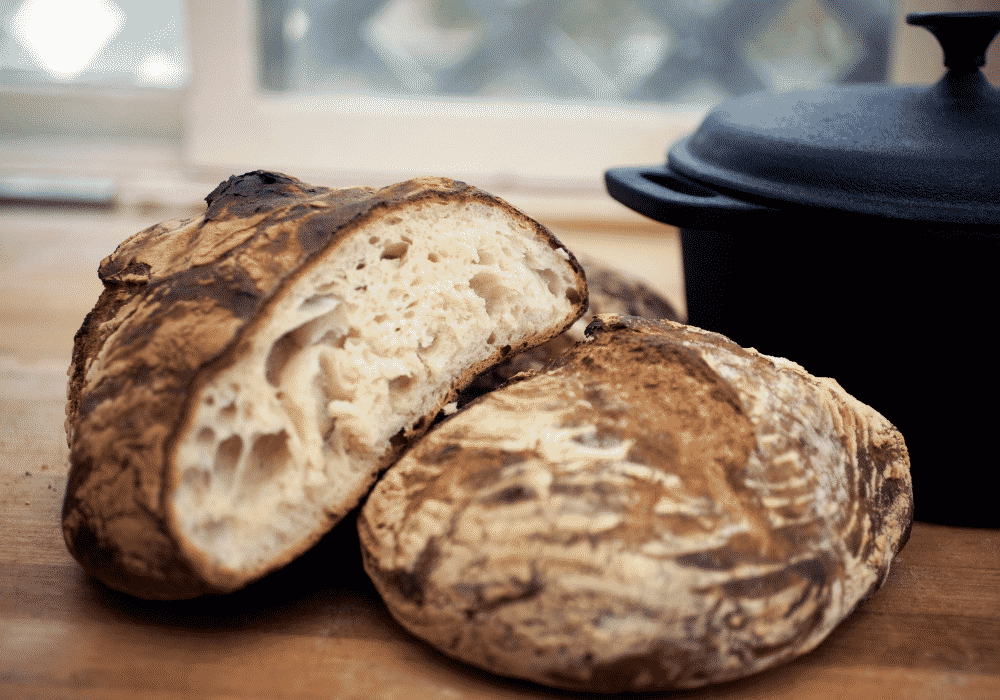Charcuterie charmers
“We’ll be seeing a lot more charcuterie and salumi, for the very simple reason that it can be – indeed, must be – made ahead of time, and is easily sliced and prepped for service,” says Terry Durack, Chief Restaurant Critic at The Sydney Morning Herald.
“I think owners and chefs will be pushing menus that require this sort of forward-thinking, as they find it difficult to get staff. However, it won’t just be plonked on a board and sent out, but thoughtfully plated, grouped with compatible pickles, condiments, ferments and house-baked breads and crackers.”
A growing number of venues are also venturing into making charcuterie in-house.
Vegetable superstars
It may have started as a way to cater for vegetarians, flexitarians and ‘reductarians’, but the rise in status of vegetables will continue for the foreseeable future.
“The freshest vegetable or fruit can be treated with the same reverence as lobster or wagyu,” says Ben Williamson, Chef and Co-owner of the group behind Brisbane’s Agnes, Agnes Bakery, Bianca, SAme SAme and hôntô. Chefs such as Williams are employing maximum creativity with the treatment of vegies in both technique (charring, wood-firing, confiting and more) and adventurous accompaniments.
Fermented foods
From kombucha to koji, and driven by an intense consumer interest in gut health, fermented products will move into the menu mainstream in 2022.
“A lot of our young chefs, in particular, are interested in those old-school techniques, as well as being inspired by some of the more experimental stuff from the Noma fermentation book,” says Brent Savage of The Bentley Group. Currently they make their own in-house vinegars, kombucha and koji in addition to fermented vegetables.
Not only are chefs finding that making ferments in-house keeps staff engaged and creates a sense of ‘bespoke’ that diners appreciate, as an added bonus they are generally neither labour-intensive nor expensive.
Non-alcoholic drinks
Forecasts suggest the consumer-led trend of low and no-alcohol drinks will continue, with growth of about 16 per cent predicted in the next two years. Starting in the retail sector, the adoption of low and no-alcohol drinks rapidly established a firm foothold in hospitality. In 2021, Australian Venue Co launched a “Zero Proof” drinks list in 57 of its venues Australia-wide, while Australia’s first non-alcoholic bar opened in Melbourne.
The number of restaurants adopting no-alcohol drinks lists and low or no-alcohol matching options with their set menus only looks set to increase in 2022.
Bread rises again
It was the year of the sourdough in 2021 as people stuck at home with nothing but time on their hands ventured into breadmaking.
That trend has expanded into chefs getting ever-more adventurous with bread in their venues, from using rare heritage flours and a variety of seeds and nuts to long ferments and wood-firing. They are even investing in small mills to grind their own flours.
Fruit desserts
Australia’s top pastry chefs have been gradually subbing the “sweet and salty” desserts that have been popular over the last few years with “sweet and tangy”.
Indigenous fruits, such as the Davidson plum and lilly pilly will still play a strong role in fruit-based desserts, paired with partners such as chocolate and pastry, but fruit and vegetable providore Graeme Twine of Suncoast Fresh says there’s been a growing uptake in exotic tropical fruit.
“Lots of chefs have been keen to experiment with fruits like jackfruit, plantain and sapote,” he says. “Keep an eye out too for abiu – an Amazonian fruit now being grown in Australia, that has a flavour like crème caramel.”
Lobster and premium seafood
With the appreciation of eating out at an all-time high, diners are keen to make the most of the experience. They’re also willing to pay for it.
The collapse of the Chinese export market is a boon for restaurants, with the premium seafood traditionally earmarked for overseas now staying on our shores, says Fishtales’ John Susman.
Coral trout will also be available at ‘keen’ prices, he says, thanks to the abundance of live product once headed to Asia. With the disruption of the traditional export market to France, chefs will be buying up big on well-priced Australian scallops, too.
“However, the queen of ‘best value’ crustacea next year will be lobster,” says Susman. “With China still closed to Australian lobster exporters, there will be bargains galore of all four main species.”

